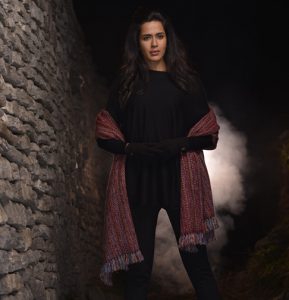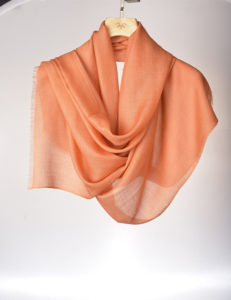SB STORY
“I fell in love with Cashmere the first time I was introduced to it at one of the lectures in the University of Leeds during my under graduation in Textile Management.” – Shakti Golyan. And thus started a saga of understanding and expressing the true spirit of Cashmere: ethical, sustainable, organic, warm and pure. Scottish Borders was born from this rich knowledge and experience gathered by Golyan over the next 2 decades being in the Cashmere industry involved right from the source of the fibre to retail of sweaters and scarves.
The whole idea behind Scottish Borders was to create high quality products from ethically and sustainably sourced Cashmere and offering it to customers at affordable prices.


